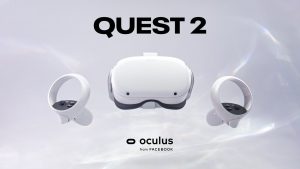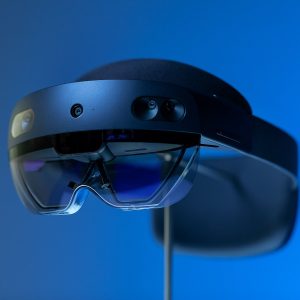The latest commercial Virtual Reality Hardware release was Facebook-owned Oculus’s Oculus Quest 2 back in October 2020. Unlike other leading VR hardware out there, Quest 2 is a standalone VR headset powered by Android, meaning that it does not require a PC or a smartphone for one to operate it. The fact that such a standalone hardware can run VR is a feat of excellence, given that VR requires high fidelity graphics together with target framerates higher than that of PC and Console gaming’s (90 vs 60 FPS).

Taking away the inconvenience of setting up a VR environment with the classic tethered PC/Console VR such as the HTC VIVE, PSVR, and Valve Index, the Quest 2 still manages to provide smooth VR experiences with its powerful hardware. Hence, it is hard to not pick the Quest 2 as one of my favorites in the VR hardware sphere as it removes one of the major pain points of VR hardware. Another huge plus is that it is at a lower price point (SG$450) than PCs and Consoles, paired together with the fact that it is a standalone device makes it a highly accessible technology for one to pick up.
As for Mixed Reality, a relatively younger phenomena, the leading technology by far is the Microsoft HoloLens 2, released in 2019 at a hefty price point of SG$5,388, and is an improvement over its predecessor, the Microsoft HoloLens, which was released back in 2016. The HoloLens 2 features a much higher field of view of 52 degrees compared to the 30 degrees that the first version has. It also has an increased display resolution of 2048×1080 pixels, eye-tracking, and a much better processor. Development potential also increased dramatically with the addition of the tracking of both hands as well as additional gestures that the HoloLens 2 can pick up.

Its competitor, Magic Leap One, while costing two-thirds the price, underperforms the HoloLens 2 in almost every aspect. Unique to the HoloLens 2 for example, is Microsoft’s “Remote Rendering”, which is essentially using cloud computing to provide the hardware with extra computing power and hence performance, easily achieving better performance than Magic Leap One. The amount of content available to the user is also overwhelmingly in favor of the HoloLens 2, having backward compatibility with applications that were made for its predecessor. Tracking and Control is also way better on the HoloLens 2 with its new hand tracking system that picks up both hands. Therefore, Microsoft’s HoloLens 2 easily wins out its competitors in the Mixed Reality market.
